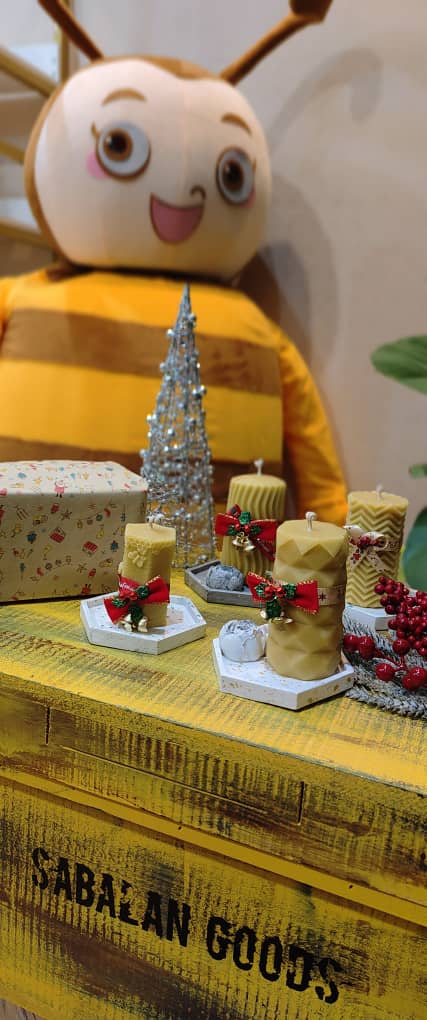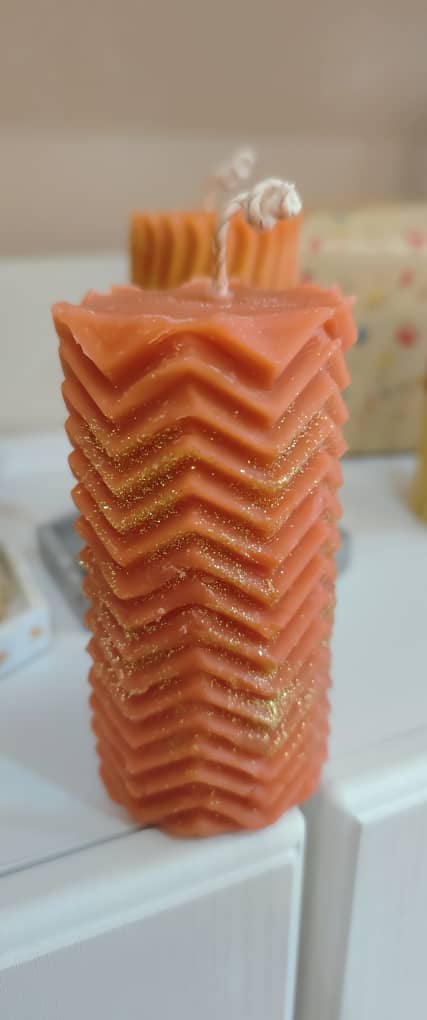Description
Nature is just telling us to use this amazing resource.

The wax used in these candles is pesticide free and sustainable.
Beeswax is a natural alternative is a far healthier replacement to paraffin based options. Rather than being linked to cancer, beeswax actually cleanses the air.
- No dangerous PARAFIN
- Smokeless
- Dripless and long lasting
- Clean burning :NO TOXINS , CARCINOGENS or POLLUTANTS which means it’s less likely to aggravte allergies.
- No artificial fragrance
- Eco-friendly and sustainable
> Reduce symptom of stress
> Create refreshing ambience
> Create relaxing ang fresh atmosphere
> Release calming fragrance
> Reduce headache and help you sleep easier
WHAT IS BEESWAX ?
Beeswax is the basic material to form honeycombs. It originates in special organs in the abdomen of honey bees.
To produce 1 kg of wax, bees need approximately 3.5 kg of honey (some sources alternatively state 2.8 kg) and 50 g of pollen.
Beeswax is secreted by younger worker bees. In freshly hatched bees, the wax-producing gland is not fully developed; wax is formed by bees aged 12-18 days. The wax-producing glands are in the third, fourth, fifth, and sixth abdominal segment and they are two on each segment, so a worker bee has a total of eight of them. Queens and drones do not have wax-producing glands at all.
After exudation, the glandular secretion solidifies and very quickly turns into white wax scales. Bees hanging in a bunch collect it from each other´s abdomens and process it with their jaws. They add a secretion to it, thanks to which wax has its supple and plastic consistency. After this treatment, they begin to form a honeycomb. Beeswax is formed by metabolic transformation – conversion of sugars and pollen in the digestive and wax-producing tract of bees.
Additional information
| Weight | 0.5 kg |
|---|---|
| Dimensions | 13 × 7 × 13 cm |









